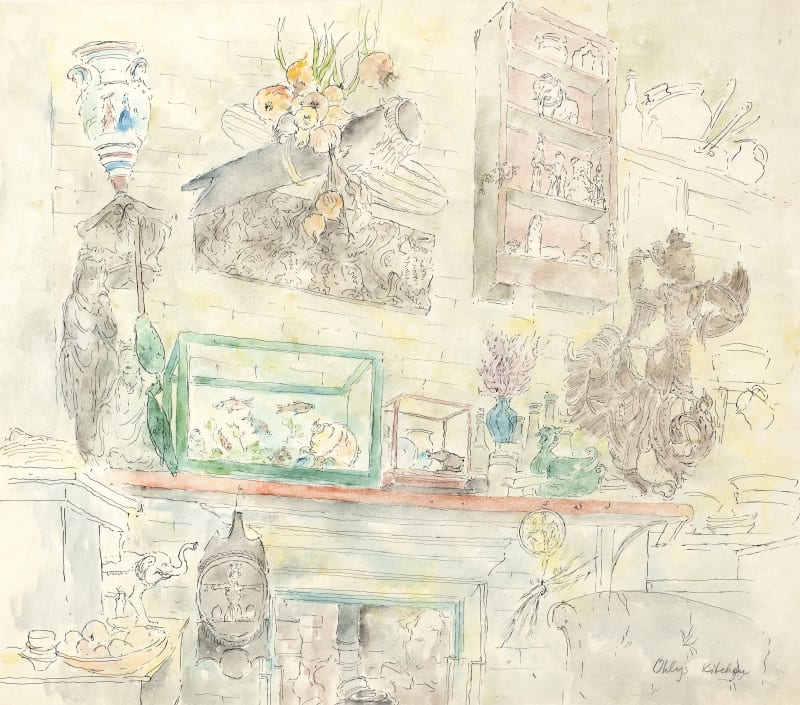Graphic artist Katerina Wilczynski was born into a Jewish family in Posen, Prussia (now Poznań, Poland) on 7 July 1894. She spent much of her early life in Berlin and studied art in Leipzig (1916–17), then Berlin (1918), before moving to Paris. In 1930, Wilczynski travelled to Rome on a Prix de Rome scholarship, where her work included drawings of churches and monuments in the city. She remained until 1938 when the new racial laws in Italy stripped many Jews of their rights, and in 1939, she moved to England, settling in London. During the Second World War, she drew London buildings and landmarks damaged by bombing and contributed pieces to the war artists exhibitions held in the National Gallery. At least one of these works was purchased by the War Artists' Advisory Committee (examples are held by the Imperial War Museum and the V&A). In 1942 exhibitions of her work were held at both the Berkeley Galleries, London and Somerville College, Oxford and she also participated in annual group exhibitions of works by Jewish artists at Ben Uri Gallery in London in 1944, 1945, 1946 and 1949 and also exhibited with the Women's International Art Club.
Postwar she travelled widely including in Greece and Italy; holding two solo exhibitions at the émigré run Roland, Browse & Delbanco Galleries in 1946 and 1949, followed by an exhibition of her Greek portraits and landscapes at the Ansdell Gallery, London in 1970. Drawings by Wilczynski appeared in several books including 'Daphnis and Chloe', 'Homage to Greece' and 'The Love Songs of Sappho'.
Katerina Wilczynski died in London, England on 12 November 1978. Her work is held in UK public collections including the Ben Uri Collection, the National Portrait Gallery and the V&A, as well as in German collections in Dresden and Cologne. A posthumous retrospective was held at the New Art Centre, Chelsea in 1980.


